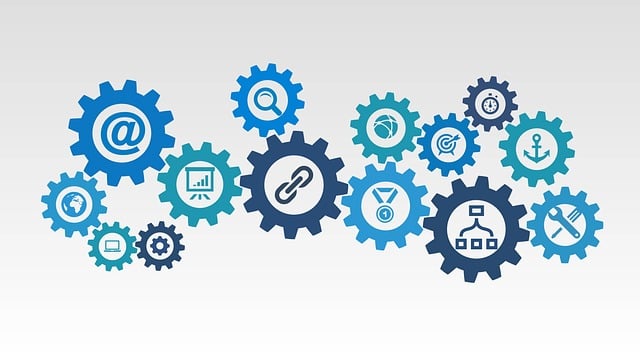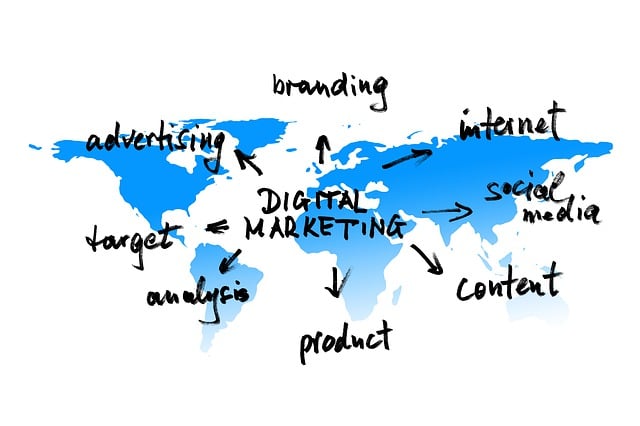In today's digital era, Artificial Intelligence (AI) and its subset, Machine Learning (ML), are revolutionizing the hospitality industry through advanced real-time kitchen display systems. These systems use ML to optimize meal preparation in restaurants by tracking orders, managing ingredient inventory, and displaying recipes on digital screens. The result is reduced human errors, efficient resource utilization, minimized waste, faster service, and enhanced customer satisfaction. AI also predicts popular menu items, optimizes inventory, and adapts to consumer preferences, boosting profitability. As AI technology advances, its integration in food service promises more agile, responsive, and data-driven culinary processes.
“Unleashing the Power of AI for Business: Revolutionizing Food Service Operations
Artificial Intelligence (AI) and Machine Learning (ML) are transforming industries, and food service is no exception. This article explores the strategic integration of AI in business operations through two key applications: real-time kitchen display systems and model optimization. By understanding the fundamentals of AI and ML, businesses can leverage these technologies to streamline processes, enhance efficiency, and deliver exceptional customer experiences, particularly in dynamic environments like kitchens. Discover how AI is revolutionizing food service with real-time kitchen display systems.”
- Understanding AI and Machine Learning for Business Applications
- Developing Real-Time Kitchen Display Systems with AI
- Implementing and Optimizing AI Models in Food Service Operations
Understanding AI and Machine Learning for Business Applications

In today’s digital era, Artificial Intelligence (AI) and Machine Learning (ML) have emerged as powerful tools for businesses to enhance their operations and gain a competitive edge. AI refers to the simulation of human intelligence processes by computer systems, enabling them to learn, reason, generalize, and make decisions. ML, a subset of AI, involves training algorithms using data to identify patterns and make predictions without being explicitly programmed.
One practical application of this technology is seen in AI real-time kitchen display systems used in the hospitality industry. These systems utilize ML algorithms to optimize meal preparation processes by displaying recipes and ingredient requirements on digital screens in real time. This not only reduces human error but also ensures efficient use of resources, minimizing waste and enhancing customer satisfaction through faster service.
Developing Real-Time Kitchen Display Systems with AI

In today’s digital era, the hospitality industry is undergoing a significant transformation with the adoption of advanced technologies like Artificial Intelligence (AI). One area that stands to benefit immensely from this revolution is kitchen management. Developing AI-driven real-time kitchen display systems offers a game-changing solution for restaurants and catering services. These intelligent systems can streamline order tracking, ingredient inventory management, and preparation processes, ensuring efficient and accurate food delivery.
By leveraging machine learning algorithms, these displays can adapt to varying demand patterns and customer preferences. Real-time data visualization allows kitchen staff to prioritize tasks, optimize resource allocation, and reduce preparation times. This not only enhances operational efficiency but also guarantees that every dish is prepared with precision and served promptly, thereby improving overall customer satisfaction.
Implementing and Optimizing AI Models in Food Service Operations

Implementing AI in food service operations, particularly through real-time kitchen display systems, offers immense potential for efficiency and accuracy. These models can streamline order management, enabling chefs to visualize orders, track preparation progress, and communicate effectively with front-of-house staff. By optimizing work flows and minimizing delays, AI enhances customer satisfaction and ensures consistent meal quality.
Moreover, AI algorithms can analyze historical data to predict popular menu items, optimize inventory management, and reduce waste. This predictive power allows restaurants to adapt quickly to shifting consumer preferences, improve profitability, and create dynamic dining experiences. As technology advances, integrating AI into food service becomes increasingly feasible, promising a future where culinary processes are more agile, responsive, and driven by data-backed insights.
AI and machine learning are transforming business operations, particularly in dynamic sectors like food service. By leveraging AI for real-time kitchen display systems, businesses can optimize workflows, enhance efficiency, and deliver improved customer experiences. As these technologies continue to evolve, implementing and optimizing AI models becomes crucial for staying competitive in the market. Embracing AI enables food service operations to streamline processes, reduce waste, and ultimately drive profitability.
